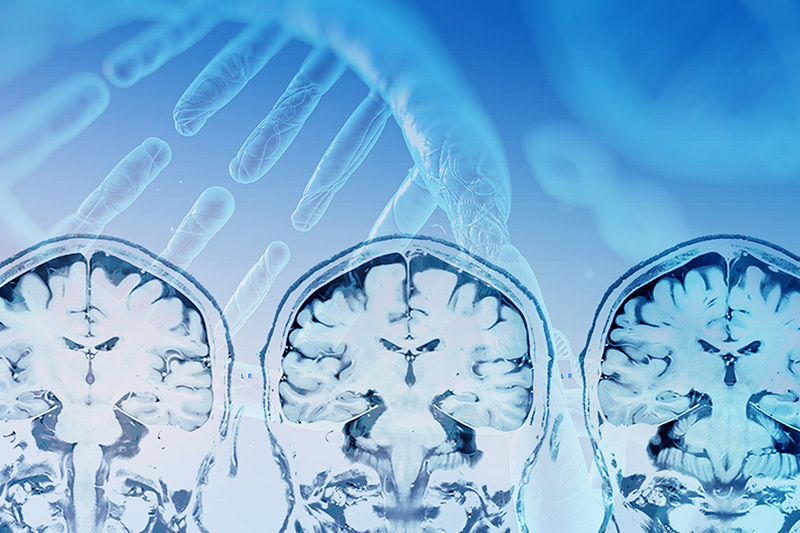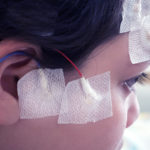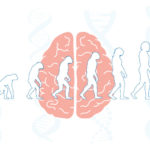When diagnosis is just the first step: The Brain Gene Registry

Through advances in genetic sequencing, many children with rare, unidentified neurodevelopmental disorders are finally having their mysteries solved.
But are they?
“Once families receive results of genetic testing, that’s just the beginning of a new journey,” says Maya Chopra, MBBS, FRACP, an investigator with the Rosamund Stone Zander Translational Neuroscience Center at Boston Children’s Hospital.
Chopra is leading the Boston Children’s portion of the National Brain Gene Registry, a four-year, NIH-funded project that’s taking research on genetic brain disorders to the next level.
Currently encompassing 13 medical centers, the registry will make newly identified genetic changes, or variants, available to the entire research community — together with detailed clinical data. These include findings from a standardized battery of behavioral, cognitive, and motor tests and information from participants’ medical records.
Bringing certainty to the uncertain
The patients and families most likely to benefit are those with “variants of uncertain significance” — genetic differences that seem related to their condition but not clearly shown to be causative. “This can be extremely stressful for families, causing a lot of uncertainty and confusion,” Chopra says. “Also, these families often can’t participate in research because they don’t have a known disorder.”
A study led by Chopra, published in the March issue of Genetics in Medicine, reviewed information from the first 179 registry participants. It found that 36 percent of variants in suspected brain-related genes had unknown significance. Forty-three percent hadn’t been shared in the existing ClinVar database, so were not being actively studied.
Chopra and her colleagues note that once a variant is first discovered, repeat findings tend not to be published since they’re no longer novel. “A lot of variants just sit in the medical records and cannot be accessed by researchers,” Chopra says. “We hope that through the Brain Gene Registry, other groups can use our data to advance the understanding of these disorders.”
The post-diagnostic odyssey
Once a variant enters the registry, researchers can compare people who have variants in the same gene and begin to define new neurodevelopmental disorders. They can then build patient cohorts, further characterize the condition, investigate how the variant causes symptoms, and look for treatment approaches. Families can get a sense of what to expect and can participate in treatment trials.
The registry is working to expand participation, by having patient questionnaires available in Spanish, for example. “We want patients who have had genetic testing to know this resource is available,” says Chopra. “We’re trying to democratize access to research.”
Learn more about the National Brain Gene Registry and other scientific partnerships of the Translational Neuroscience Center.
Related Posts :
-

Research offers guidance on genetic testing for cerebral palsy
A recent meta-analysis confirms what a small study at Boston Children’s found last year: About 1 in 4 children with cerebral ...
-

A path forward for genetic testing in unexplained epilepsy
The number of genes implicated in epilepsy has grown rapidly in the past decade. This raises questions about what tests ...
-

‘Mosaic’ gene mutations could explain some cases of autism
The causes of autism remain mysterious. Scientists have linked autism spectrum disorder to a long list of genes, but most ...
-

'Human accelerated regions': How they make our brains uniquely human
Starting when humans diverged from chimpanzees some 5 to 6 million years ago, we’ve evolved in our uniquely human fashion thanks ...





